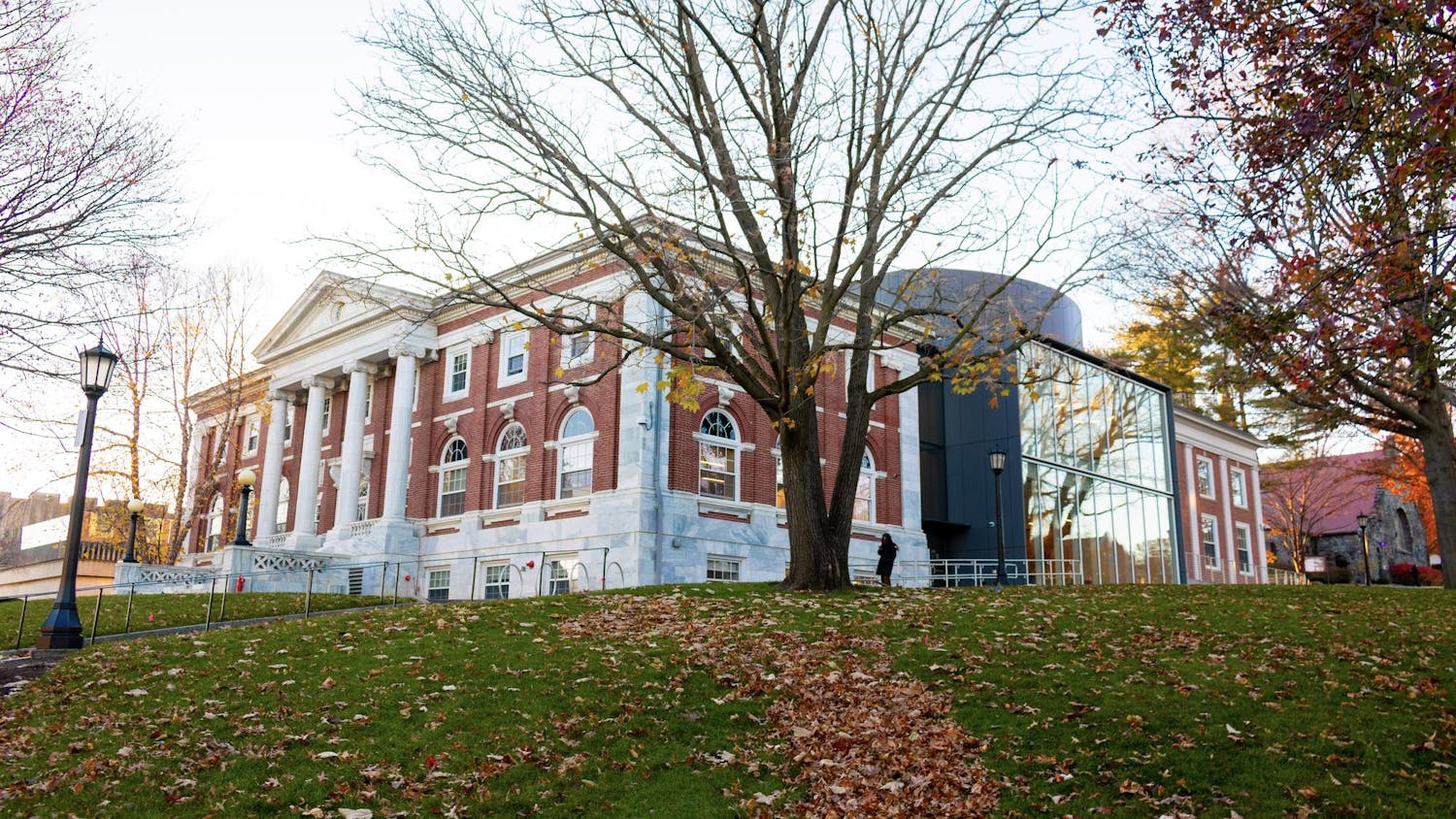Today, diversity has become a buzzword, tossed around in corporate boardrooms, university public commitments and one of the latest opinion articles in the Daily. But when educational institutions tout their commitment to diversity, what does that mean? A closer examination reveals a complex and historically rooted issue.
Diversity concerns itself with dismantling the historical and ongoing societal structures that favor, as stated in the journal Pediatric Radiology, “able, White, straight, affluent, cis-gender, Christian men” in the U.S. The article further articulates, “We must recognize that individuals who are members of non-dominant groups often face significant disadvantages throughout their lives [including] educational opportunities.” This underscores that diversity involves the integration of those who have not only been excluded but have also suffered under systemic oppression.
Therefore, the true spirit of diversity goes beyond simply including diverse groups; it necessitates a commitment to acknowledging and addressing the inequalities rooted in historical and present-day societal frameworks. Being a numerical minority does not necessarily equate to being a minority in the context of diversity.
Marcus Bell, a sociology professor at the State University of New York at Oswego, argues in “Whiteness Interrupted” that white teachers in predominantly Black schools, despite being numerical minorities, can still perpetuate discriminatory practices, illustrating the distinction between being a numerical minority and being a minority in the context of diversity initiatives that aim to address systemic oppression and inequality.
Further complicating this discussion is the perceived exclusion among certain groups, such as conservatives on liberal campuses. While these individuals may feel out of place, their discomfort does not stem from systemic or structural oppression, which is a crucial distinction in the dialogue on diversity. As it relates to this article, the bias of media outlets does not equate to the systemic suppression of voices, especially in a country where freedom of speech is protected under the First Amendment.
Therefore, while conservative opinions are valuable for fostering healthy discourse, conflating political ideology with diversity initiatives overlooks the real intent of these efforts: to address and rectify the systemic injustices faced by historically marginalized groups. Institutions like the Daily, and any entity striving toward genuine diversity, should prioritize inclusion strategies that target these disparities rather than broadening the definition of diversity to indiscriminately include all forms of difference. Hence, while it is crucial for a university newspaper like the Daily to present varied perspectives, invoking diversity as a justification for including more conservative viewpoints misconstrues the original intent of diversity initiatives.






